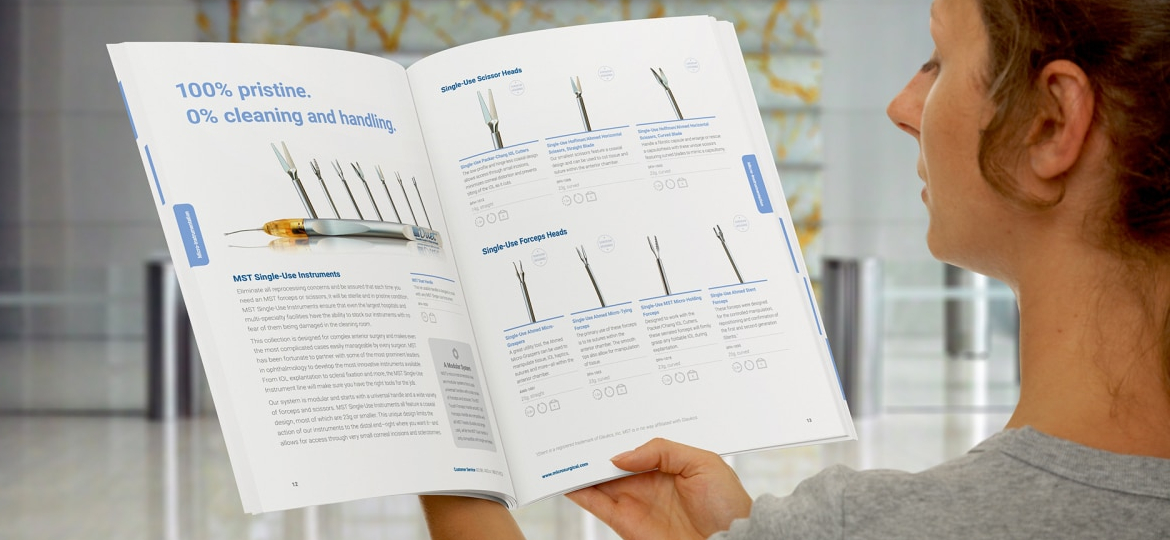The Cambridge B2 First (FCE) is a test that is administered by Cambridge Assessment. The FCE assesses the B2 level of the Common European Framework of Reference (CEFR). If you score well on the FCE it shows that a person possesses the language skills which are needed to communicate effectively in an English-speaking setting.
There are two versions of the FCE: one version is targeted toward people of various ages and the other version (FCE for Schools) is intended for children in school. The tests are basically the same, but the FCE for Schools has topics and vocabulary which are better suited to a school-aged student.
For more information on the registration process, you can read our article “How to register for Cambridge FCE?“. Note that you can take the test in the country of your choice. We have written articles to help you locate test centres in UK, Germany, Switzerland, Ireland, Canada, Belgium, and Netherlands.
Keep in mind that preparation for the FCE test is key.
What’s in the Speaking section?
The B2 First Speaking test has four parts. You take it together with another candidate. Having two candidates together is intended to create a more naturalistic conversational setting.

There are two examiners. One of the examiners asks you questions and gives you the booklet with things to talk about. The other examiner listens to what you say. The entire speaking section takes approximately 14 minutes for each pair of test candidates.
There are four sections to the test:
- Reading and Use of English -75 minutes
- Writing – 2 essays, 80 minutes
- Listening – 40 minutes
- Speaking – interview, normally with another candidate, 14 minutes
Part One-the interview
This a conversation with the examiner. The examiner asks questions, and you give information about your interests, studies, career plans, etc.
This part assesses your ability to provide information about yourself and express your opinion about various topics. It typically lasts for two minutes.
Part Two-long turn
The examiner gives you two photographs, and then asks you to talk about them. You have to speak for one minute continuously. The question that you have to answer about your photographs is written at the top of the page to remind you what you should talk about.
The examiner asks the other candidate to comment on the photographs for about thirty seconds.
The procedure is repeated with the other candidate having to speak continuously for one minute about two other photographs, and then the first candidate must comment on these photographs for 30 seconds.
This part assesses your ability to talk on your own about something while comparing, describing, expressing opinions, and speculating. The section lasts about 3 minutes.
Part Three- collaborative task
In this part, the two candidates have to talk and make a decision regarding material and a task that the examiner gives you.
This section assesses your ability to exchange ideas, express opinions and justify them. Also, it addresses your capacity to agree, disagree, suggest, speculate and evaluate in order to reach a decision through negotiation. Your goal is not to ‘win,’ but to be able to discuss the task with the other candidate.
This part lasts approximately 3 minutes: a 2-minute discussion followed by a 1-minute decision-making task.
Part Four- Discussion
Part four delves into the issues raised by part three in greater detail. It is a discussion with the other candidate that is guided by questions from the examiner. Again, the idea is not win an argument; you are meant demonstrate your ability to be able to discuss issues in a relevant manner with appropriate vocabulary while showing lexical cohesion and coherence.
This section assesses you capacity to express and justify opinions in relation to the topic and what the other candidate says. It also tests your ability to agree or disagree effectively and appropriately. This part last about 4 minutes.
Some common topics
Most of the topics don’t require specialist knowledge, but don’t be fooled as you are expected to use a wide range of vocabulary and sentence structures while having a cohesive and coherent response.
- Hobbies
- Work or education
- Likes and dislikes
- Friends and family
- Holidays
- Sports
- Plans for the future
How can I get ready for the FCE speaking section?
Get a friend or a classmate to ask you practice questions (you can find questions online). The only drawback is that your friend or classmate may not be able to provide corrective feedback. Use YouTube and listen to people talk about their hobbies, travel, sports etc.
If you are studying in a class, ask your teacher to give you ten minutes for FCE speaking practice. For example, pairs of students come up to the front and have two minutes to discuss a topic while the teacher acts as the examiner. Don’t be shy about asking your teacher.

Practice speaking and record yourself. You can read some sample transcripts of responses and record yourself. Listen to what you have said. Listen for pronunciation and fluency. Hire a tutor and get the tutor to practice with you repeatedly with different topics until you feel comfortable. Make sure that the tutor provides you with corrective feedback.
You can also find online resources, such as GlobalExam. We provide FCE preparation thanks to mock exams, exercises, tips, study sheets, etc. Register for free and try our platform!



